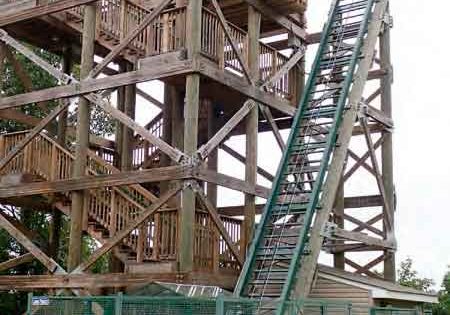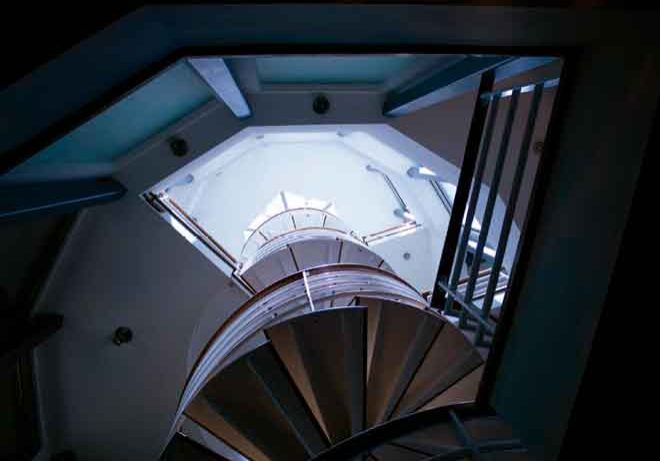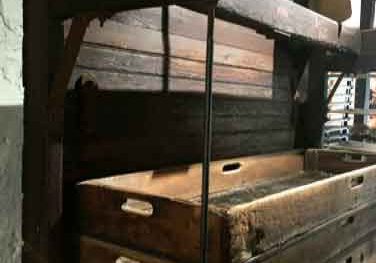This Readers Platform makes the case that rolling the dice on repair quality is a risky bet.
It is widely acknowledged in the elevator industry that competitive pressures are squeezing service companies’ profit margins — especially on fully comprehensive contracts. The failure of a major component, such as a drive, manifests these cost pressures and presents service managers with a critical decision when engaging a repair company.
We at NDC Elevator Drives have seen more drives sent to us after being returned unrepaired or damaged by general electronics repair companies inexperienced in these critical devices but willing to “have a go.” That the drives were sent to these types of repair shops in the first place suggests a response to cost pressures, as some contractors seek cheaper solutions to repair failed components.
Occasionally, the “diagnostic” and “test” reports compiled by these repair companies have been made available to NDC. Often, these reports prove instructive in highlighting the limited technical capability of these companies and, therefore, the increased level of risk to which their customers are exposed.
One recent case involved a European OEM machine-room- less (MRL) drive that routinely turns up on the U.K. service base. The drive had been sent to a general repair company on two occasions, but remained faulty and was blowing components. NDC was asked to take a second look.
While conducting a root-cause analysis, NDC technicians identified a fault deep within the gate drive circuitry that had remained undiagnosed due to the original repair company’s inability to interrogate or function-test the drive. This was obvious, because its “diagnostic” report stated it openly, conceding:
“Without being able to functionally test the drive, it is recommended the main part of the drive be serviced, replacing capacitors and any other components found to measure out of tolerance. Once serviced, and after basic power-on checks have been carried out, the drive can be returned to the customer for functional testing.”
Their final “test” report concluded that:
“The drive has been powered up with three-phase 415 VAC. All voltage rails are correct, and there is LED activity on the control board.”
The drive was then returned to the site and reinstalled by the lift contractor, where it subsequently failed again, blowing several components.
In summary, the repair company accepted the drive for repair with the full knowledge that it didn’t have the capability to conduct proper testing — relying instead on “cold checks,” “power-on checks” and the arbitrary appearance of “LED activity.”
Moreover, the repair company then sent the untested drive back to the lift contractor for “functional testing” onsite, with all the implied wasting of time, safety risks to personnel, reinstallation and commissioning costs, added downtime and potential loss of reputation for the elevator service company.
NDC rectified the damage, and completed the repair, service and testing of the drive in two working days. Company technicians also went to the site to oversee final commissioning.
NDC subjects every drive supported to a rigorous reverse- engineering program, and every drive is functionally tested — on dedicated OEM test simulators — during an exhaustive diagnostic procedure, and again after repair and full refurbishment.
Because testing is such an important part of its procedures, NDC does not accept any drive for repair it is unable to test, nor does it deliver untested drives to customers. NDC’s first-time fix rate is 99.2%, comparable to an OEM.
Elevator drives are sophisticated devices that play crucial roles in the safety and operational integrity of the elevator. Gambling on a repair by someone not fully qualified to undertake the job can cost the elevator service provider significantly more than that “cheap” repair quote.
Get more of Elevator World. Sign up for our free e-newsletter.









